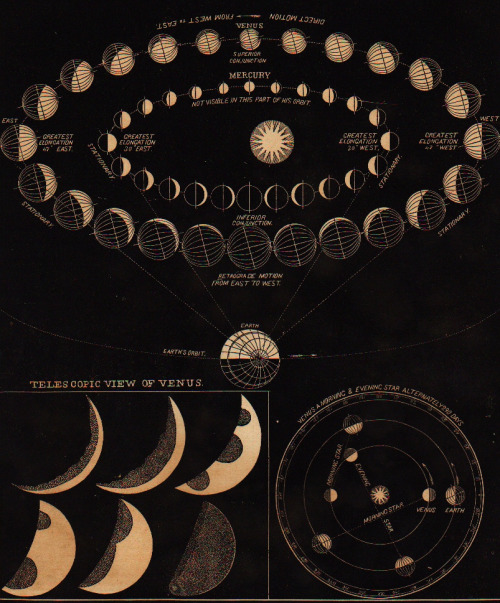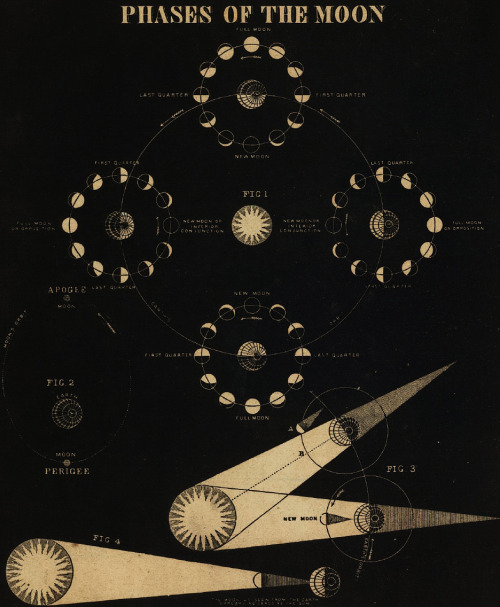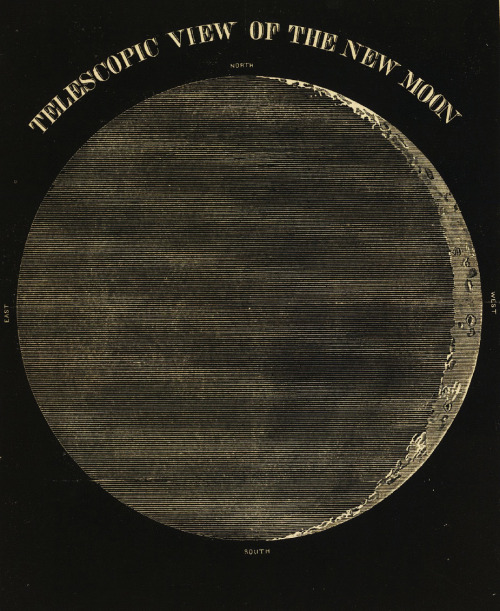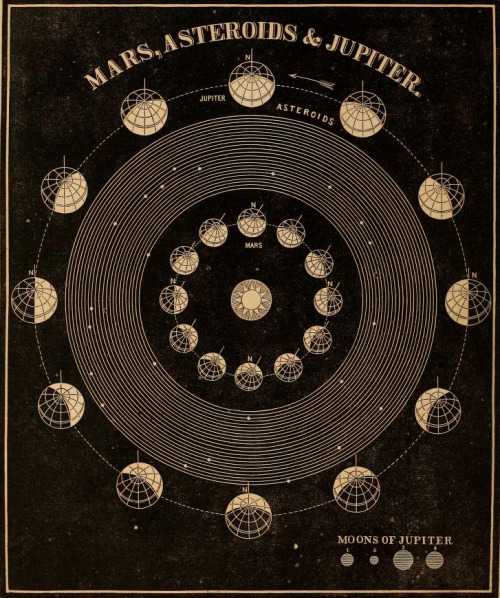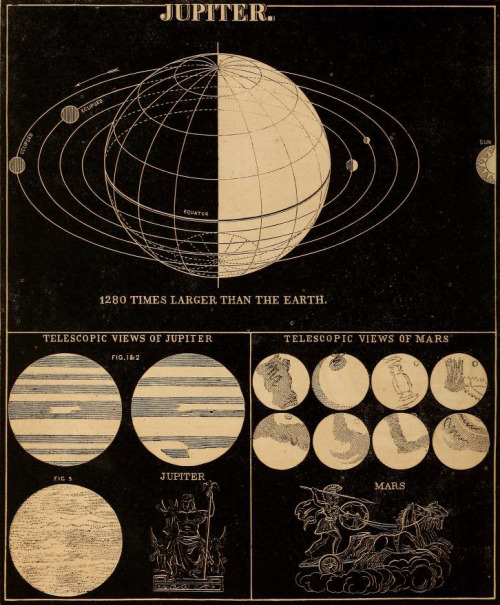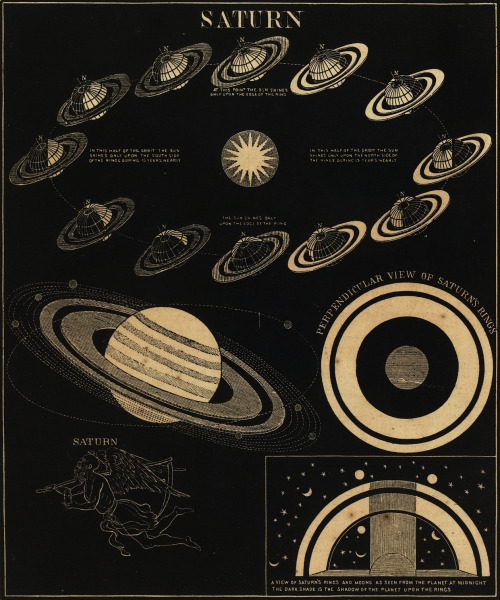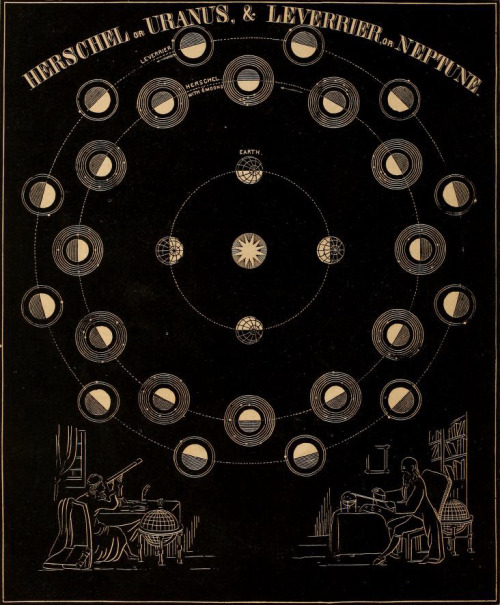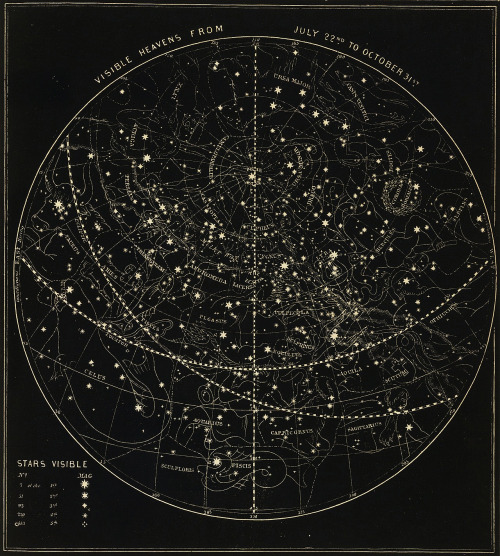Glossary

I’m a Northern Hemisphere dweller, so I thought it would be fun to cover Southern Hemisphere stars and constellations in this episode! I also coulsnt’ resist talking about Aurora Australis and Steve, the hot new atmospheric phenomenon all the young people are talking about.
Below the cut, I have the glossary, transcript, sources, and music credits. I take topic suggestions from Tumblr messages, or you can tweet at me on Twitter at @HDandtheVoid, or you can ask me to my face if you know me. Please subscribe on iTunes, rate my podcast and maybe review it, and tell friends if you think they’d like to hear it!
(My thoughts on the next episode are Chuck Yeager, Stephen Hawking and his theories, the opposition of Mars, or famous comets. The next episode will go up May 14th or 21st!)
Glossary
Bayer designation - a way to classify stars based on their relative brightness within a constellation. A specific star is identified by a Greek letter, followed by the genitive form of the constellation's Latin name.
circumpolar - appearing to orbit one of the Earth’s poles. For stars and constellations, this means they are above the horizon at all times in certain latitudes.
irregular galaxy - an asymmetrical galaxy shape, where the galaxy lacks a central supermassive black hole.
Script/Transcript
Sources
Orion from the Southern Hemisphere via EarthSky (Mar 2017)
How to Spot Sky Landmarks: Big Dipper and Southern Cross via Space.com (Apr 2012)
Locate Cassiopeia the Queen via EarthSky (February 2018)
Small Magellanic Cloud orbits Milky Way via EarthSky (Oct 2017)
Nubecula via LatDict
Early star catalogues of the southern sky via Astronomy and Astrophysics (2011)
Catalog of Southern Stars via the University of Oklahoma
Edmond Halley via Royal Museums Greenwich
Finding south using the Southern Cross via Museum of Applied Arts and Sciences (Jan 2013)
List of 88 official constellations via the Astronomical Society of Southern Africa
Alpha Centauri system, closest to sun via EarthSky (May 2017)
Hadar is a southern pointer star via EarthSky (April 2017)
Aurora Australis forecast service
Video of aurora australis via Global News Canada (April 2018)
Aurora Steve via Global News Canada (March 2018)
Bagnall, Philip M. “Crux.” In The Star Atlas Companion: What You Need to Know About the Constellations. Springer Science+Business Media: New York, 2012 (183-7). Located in Google Books Preview [accessed May 1, 2018].
Intro Music: ‘Better Times Will Come’ by No Luck Club off their album Prosperity
Filler Music: ‘Mace Spray’ by The Jezabels off their EP Dark Storm.
Outro Music: ‘Fields of Russia’ by Mutefish off their album On Draught
More Posts from Fillthevoid-with-space and Others
The United Launch Alliance’s Atlas V rocket carrying the Orbital ATK Cygnus module rolls to Cape Canaveral Air Force Station’s Launch Pad 41 in this time-lapse video. The rollout is in preparation for the Orbital ATK CRS-7 mission to deliver supplies to the International Space Station.
Launch is currently scheduled for 11:11 a.m. EDT, watch live coverage: http://www.nasa.gov/live
Make sure to follow us on Tumblr for your regular dose of space: http://nasa.tumblr.com

Galaxy NGC 7714 After Collision : Is this galaxy jumping through a giant ring of stars? Probably not. Although the precise dynamics behind the featured image is yet unclear, what is clear is that the pictured galaxy, NGC 7714, has been stretched and distorted by a recent collision with a neighboring galaxy. This smaller neighbor, NGC 7715, situated off to the left of the featured frame, is thought to have charged right through NGC 7714. Observations indicate that the golden ring pictured is composed of millions of older Sun-like stars that are likely co-moving with the interior bluer stars. In contrast, the bright center of NGC 7714 appears to be undergoing a burst of new star formation. NGC 7714 is located about 100 million light years away toward the constellation of the Fish . The interactions between these galaxies likely started about 150 million years ago and should continue for several hundred million years more, after which a single central galaxy may result. via NASA
js

Scientists Discover The Oldest, Largest Body Of Water In Existence–In Space
Scientists have found the biggest and oldest reservoir of water ever–so large and so old, it’s almost impossible to describe.
The water is out in space, a place we used to think of as desolate and desert dry, but it’s turning out to be pretty lush.
Researchers found a lake of water so large that it could provide each person on Earth an entire planet’s worth of water–20,000 times over. Yes, so much water out there in space that it could supply each one of us all the water on Earth–Niagara Falls, the Pacific Ocean, the polar ice caps, the puddle in the bottom of the canoe you forgot to flip over–20,000 times over.
The water is in a cloud around a huge black hole that is in the process of sucking in matter and spraying out energy (such an active black hole is called a quasar), and the waves of energy the black hole releases make water by literally knocking hydrogen and oxygen atoms together.
The official NASA news release describes the amount of water as “140 trillion times all the water in the world’s oceans,“ which isn’t particularly helpful, except if you think about it like this.
That one cloud of newly discovered space water vapor could supply 140 trillion planets that are just as wet as Earth is.
Mind you, our own galaxy, the Milky Way, has about 400 billion stars, so if every one of those stars has 10 planets, each as wet as Earth, that’s only 4 trillion planets worth of water.
The new cloud of water is enough to supply 28 galaxies with water.
Truly, that is one swampy patch of intergalactic space.
Equally stunning is the age of the water factory. The two teams of astrophysicists that found the quasar were looking out in space a distance of 12 billion light years. That means they were also looking back in time 12 billion years, to when the universe itself was just 1.6 billion years old. They were watching water being formed at the very start of the known universe, which is to say, water was one of the first substances formed, created in galactic volumes from the earliest time. Given water’s creative power to shape geology, climate and biology, that’s dramatic.
“It’s another demonstration that water is pervasive throughout the universe, even at the very earliest times,” says Matt Bradford, an astrophysicist at NASA’s Jet Propulsion Laboratory and leader of one of the teams that made the discovery. (The journal article reporting the discovery is titled, without drama, “The Water Vapor Spectrum of APM 08279+5255: X-Ray Heating and Infrared Pumping over Hundreds of Parsecs.”)
It is not as if you’d have to wear foul-weather gear if you could visit this place in space, however. The distances are as mind-bogglingly large as the amount of water being created, so the water vapor is the finest mist–300 trillion times less dense than the air in a typical room.
And it’s not as if this intergalactic water can be of any use to us here on Earth, of course, at least not in the immediate sense. Indeed, the discovery comes as a devastating drought across eastern Africa is endangering the lives of 10 million people in Somalia, Kenya, and Ethiopia. NASA’s water discovery should be a reminder that if we have the sophistication to discover galaxies full of water 12 billion light years away, we should be able to save people just an ocean away from drought-induced starvation.
The NASA announcement is also a reminder how quickly our understanding of the universe is evolving and how much capacity for surprise nature still has for us. There’s water on Mars, there’s water jetting hundreds of miles into space from Enceladus, one of Saturn’s moons, there are icebergs of water hidden in the polar craters of our own Moon. And now it turns out that a single quasar has the ability to manufacture galaxies full of water.
But it was only 40 years ago, in 1969, that scientists first confirmed that water existed anywhere besides Earth.
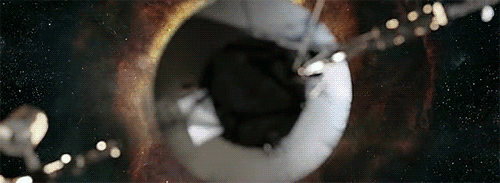
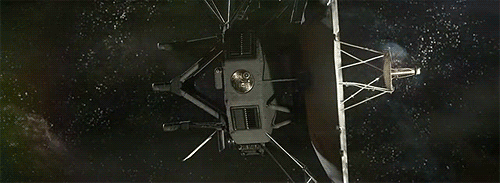
Biggest Scientific Breakthroughs of 2013
From intergalactic neutrinos and invisible brains, to the creation of miniature human “organoids”, 2013 was an remarkable year for scientific discovery. Here are some of the biggest scientific breakthroughs, innovations and advances of 2013.
Voyager I Leaves the Solar System
Escaping the solar system is no mean feat. For 36 years, NASA’s Voyager 1 spacecraft has putting distance between itself and the Sun at speeds approaching 11 miles per second. At a pace like that, scientists knew Voyager was approaching the fringes of the heliosphere that surrounds and defines our solar neighborhood – but when would it break that barrier? When would it make the leap to interstellar space? After months of uncertainty, NASA finally made the news official this September. “Voyager 1 is the first human-made object to make it into interstellar space” said Don Gurnett, lead author of the paper announcing Voyager’s departure; “we’re actually out there.”
The Milky Way is Brimming with Habitable Worlds
Planet-hunting scientists announced in November that 22% of sunlike stars in the Milky Way are orbited by potentially habitable, Earth-size worlds. This remarkable finding suggests there could be as many as two-billion planets in our galaxy suitable for life — and that the nearest such planet may be only 12 light-years away. Is Earth 2.0 out there? With figures like that, it’s hard to imagine otherwise. Who knows – with all the Kepler data we’ve got to sift through, there’s a chance we’ve already found it.
Curiosity Confirms Mars Was Once Capable of Harboring Life
In March, NASA scientists released perhaps the most compelling evidence to date that the Red Planet was once capable of harboring life. Earlier this year, Curiosity drilled some samples out of a sedimentary rock near an old river bed in Gale Crater. This geological area used to feature a series of stream channels, leaving behind finely grained bedrock indicative of previously wet conditions. Using the rover’s onboard instrumentation, NASA scientists analyzed these samples to detect some of the critical elements required for life, including sulfur, nitrogen, hydrogen, oxygen, phosphorus, and carbon. The rover is currently on a trek to its primary scientific target – a three-mile-high peak at the center of Gale Crater named Mount Sharp – where it will attempt to further reinforce its findings.
Researchers Detect Neutrinos from Another Galaxy
By drilling a 1.5 mile hole deep into an Antarctic glacier, physicists working at the IceCube South Pole Observatory this year captured 28 neutrinos, those mysterious and extremely powerful subatomic particles that can pass straight through solid matter. And here’s the real kicker: the particles likely originated from beyond our solar system – and possibly even our galaxy. "This is a landmark discovery,“ said Alexander Kusenko, a UCLA astroparticle physicist who was not involved in the investigation, "possibly a Nobel Prize in the making.”
NASA Discovers “A Previously Unknown Surprise Circling Earth”
NASA’s recently deployed Van Allen probes — a pair of robotic spacecraft launched in August 2012 to investigate Earth’s eponymous pair of radiation belts — turned out out some very unexpected findings in February, when they spotted an ephemeral third ring of radiation, previously unknown to science, surrounding our planet.
Human Cloning Becomes a Reality
A scientific milestone 17 years in the making, researchers announced in May that they had derived stem cells from cloned human embryos.The controversial technology could lead to new treatments for diseases like Parkinson’s and diabetes — while bringing us one step closer to human reproductive cloning.
Giant “Pandoravirus” Could Redefine Life as we Know it
Scientists in July announced the discovery of a pair of viruses that defy classification. Bigger and more genetically complex than any viral genus known to science, these so-called “pandoraviruses” could reignite a longstanding debate over the classification of life itself.
Brain-to-Brain Interfaces Have Arrived
Back in February, researchers announced that they had successfully established an electronic link between the brains of two rats, and demonstrated that signals from the mind of one could help the second solve basic puzzles in real time — even when those animals were separated by thousands of miles. A few months later, a similar connection was established between the brain of a human and a rat. Just one month later, researchers published the results of the first successful human-to-human brain interface. The age of the mind-meld, it seems, is near at hand.
There is Life at the End of the World
There is life in Lake Whillans. For millions of years, the small body of liquid water has lurked hundreds of meters below Antarctica’s Ross Ice Shelf, sealed off from the outside world and the scientists who would explore its subglacial depths. Earlier this year, a team of researchers led by Montana State University glaciologist John Priscu successfully bored a tunnel to Whillans and encountered life, making Priscu and his colleagues the first people in history to discover living organisms in the alien lakes at the bottom of the world.
Doctors Cure HIV in a Baby Born With the Disease
In a monumental first for medicine, doctors announced in March that a baby had been cured of an HIV infection. Dr. Deborah Persaud, who presented the child’s case at the 20th annual Conference on Retroviruses and Opportunistic Infection, called it “definitely a game-changer.”
Newly Discovered Skulls Could Prune Humans’ Evolutionary Tree
An incredibly well-preserved, 1.8-million-year-old skull from Dmanisi, Georgia suggests the evolutionary tree of the genus Homo may have fewer branches than previously believed. In a report published in October, a team led by Georgian anthropologist David Lordkipanidze writes that it is “the world’s first completely preserved hominid skull.” And what a skull it is. When considered alongside four other skulls discovered nearby, it suggests that the earliest known members of the Homo genus (H. habilis, H.rudolfensis and H. erectus) may not have been distinct, coexisting species, at all. Instead, they may have been part of a single, evolving lineage that eventually gave rise to modern humans.
Neuroscientists Turn Brains Invisible
Gaze upon the stunning effects of CLARITY, a new technique that enables scientists to turn brain matter and other tissues completely transparent. It’s been hailed as one of the most important advances for neuroanatomy in decades, and it’s not hard to see why.
[source | gifs → galaxyclusters]


This is Kjell Lindgren. He’s a NASA astronaut who just got back from 5 months on the International Space Station. There are two reasons why this picture is hilarious:
His wife is flawless and makes bad space puns to make him do household chores.
I have that shirt. Thousands of people have that shirt. That shirt is available at Target. Which means actual astronaut Kjell Lindgren, with his wardrobe already full of NASA-issued and logo-emblazoned clothes, was at Target, saw a NASA shirt, and was like, “Yes, I am buying this because this is what I want to spend my actual astronaut salary on.”
tl;dr NASA employs a bunch of fucking nerds

This photo of Astronaut Charlie Duke’s family has been on the moon for the last 43 years.
via reddit
I just watched the 4 clearly visible planets march across the sky with the moon in the center, so here’s a short guide to the night sky as the last 3 move across.
mammenxTime lapse of the milky way rolling across the night sky, flanked by the planets Jupiter, Saturn & Mars. Taken from Diskit Ladakh, this place truly has some fantastic unobstructed views of the night sky
A podcast project to fill the space in my heart and my time that used to be filled with academic research. In 2018, that space gets filled with... MORE SPACE! Cheerfully researched, painstakingly edited, informal as hell, definitely worth everyone's time.
243 posts



